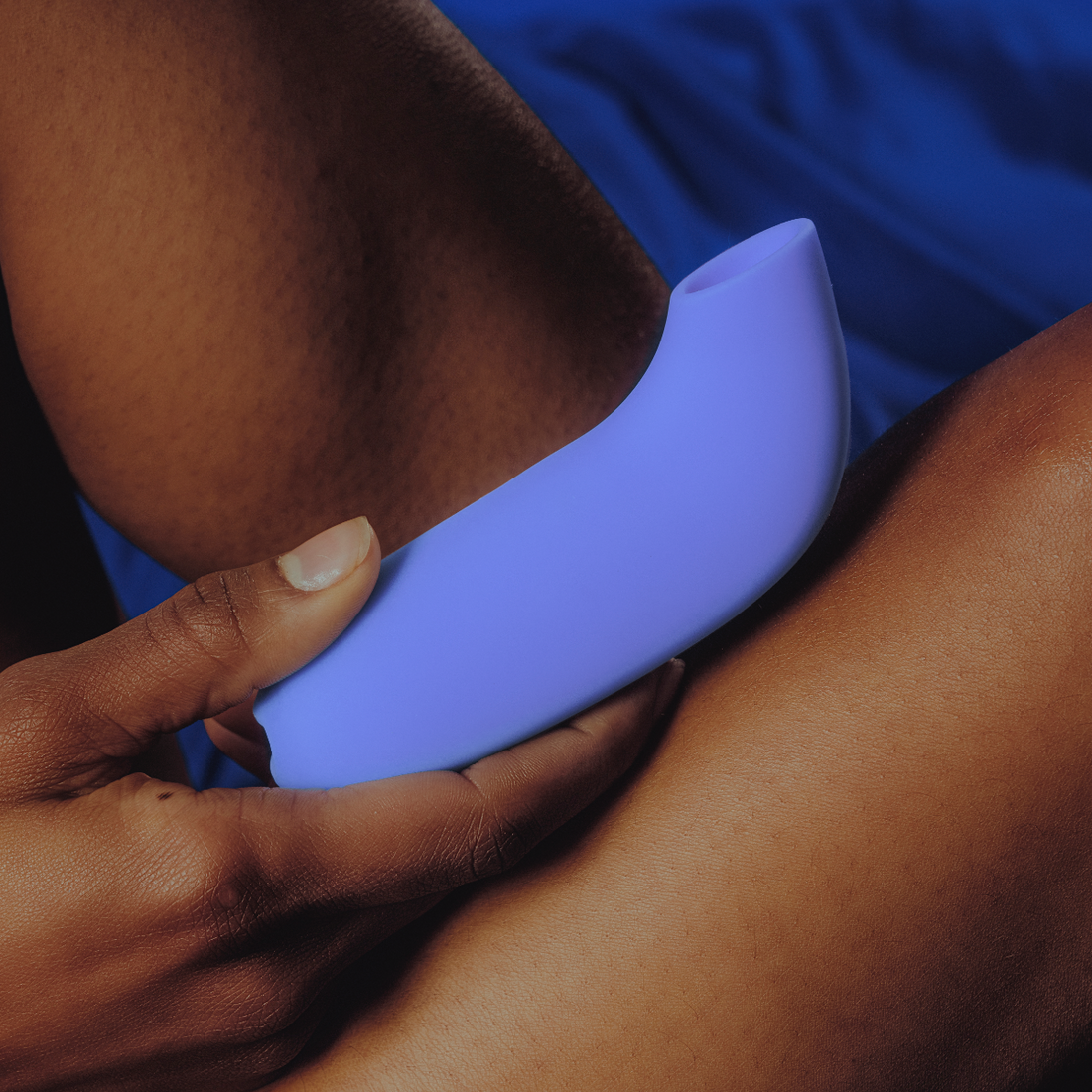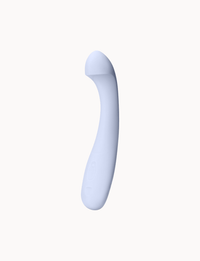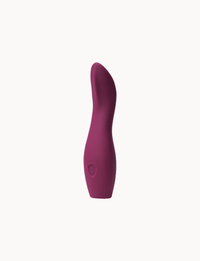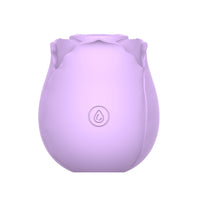Condoms, the pill, the IUD. These three options seem to dominate conversations about contraception. But in 2021, there are way more solutions for people with uteruses to try, from the injection and fertility tracking to the implant and internal condoms. It’s always worth exploring potential avenues with your healthcare provider; we’re all different, with unique bodies and needs, so take care of yours in the way that works for you.
Condoms
A trusty classic. 98% effective at preventing pregnancy and also the best option for preventing STIs. They may be fiddly, desensitizing, and slightly awkward, but they’re the best way for both partners to know that they’re protected, especially if they have other partners. There are a few types to choose from:
- Latex is the most common (e.g. Durex, Trojan). Some people find latex irritates their skin, though, so you can use non-latex ones made out of polyurethane or polyisoprene, like SKYN. A lot are pre-lubricated.
- There are also natural lambskin condoms, like Trojan Naturalamb, literally made from lamb intestines (which may sound a little medieval). They look and feel like regular condoms, but without plastic or latex. They prevent pregnancy but not STIs, so they’re best for regular monogamous partners.
A lot of condoms have ribbed textures, but be wary of colorful, flavored or glow-in-the-dark joke condoms, as some of them aren’t approved for effectiveness. They may be fun, but it’s not worth the risk! Check what you’re using, be careful when opening the packet, and ensure you’re putting the condom on correctly. Internal condoms (previously known as femidoms or female condoms): These are larger condoms that are designed to be inserted into the vagina just before sex. They get a bad rep, mostly because they don’t look the best (part of the condom has to sit outside the vagina). They’re also only 80% effective. They do have their benefits, though – male reviewers of the FC2 Internal Condom reported that it feels like there’s no barrier at all – so it’s a good thing to try if your partner isn’t a fan of traditional condoms. It just might take a minute to get it in.
The Pill
This little pill revolutionized sex for everyone when it was introduced in the ‘60s. When taken correctly, it is up to 99.9% effective at preventing pregnancy. This hormonal contraceptive introduces hormones like estrogen and progestin into the body to create changes that prevent pregnancy. There are a variety of pills available, all working in different ways:
- The combination pill uses estrogen and progestin to stop your ovaries from releasing eggs. It’s the most popular, partly because it has other benefits like regulating your period, reducing cramping and clearing acne. It’s also easy to reverse – if you stop, it’s possible to get pregnant right away if you want to (but this also means you need to be careful and take them properly!). There are low dose and high dose pills, so you can try different ones.
- The minipill only uses progestin, causing changes that keep sperm from reaching eggs. These are good for people who are breastfeeding, have nausea, or have developed side effects from estrogen. They’re a little less effective – about 95%.
- The extended-cycle pill is a combination pill that reduces the number of menstrual periods from 13 periods a year to only four a year, which can be a huge relief for some people.
With any pill, you need to ensure you take them every day as directed. Set an alarm or create a routine – e.g. coffee, emails, pill. Some people experience mild side effects, especially in the first few months, like nausea, sore boobs, or mood swings. This doesn’t necessarily mean the pill isn’t for you – you can always try a different one.
Birth Control Shot
Depo-Provera is a 99% effective hormonal injection that you can get every three months. It works just like the pill, except you don’t have to worry about remembering to take it every day. The potential side effects are a bit more intense than the pill, including nervousness and fatigue, so it’s not advised for people with depression. It can also increase the risk of osteoporosis (especially if it runs on your family), so talk to your doctor.
Birth Control Implant
Aka the contraceptive implant or "arm bar." This small device is inserted under the skin and works for 3 years, using the similar hormones to the pill and the shot. It’s 99% effective, and often has extra benefits like lighter or less frequent periods. However, like the shot, it can cause mood swings and fatigue, so again, not advised for people with mental health issues. There’s also a small chance of developing non-cancerous ovarian cysts. The implant is easy to insert and remove – an injection to numb the area, and then a quick procedure to place it under the skin. You’ll just be left with a small lump, quietly taking care of business.
IUD (Intrauterine Device)
This 99% effective T-shaped device is inserted into the uterus, preventing sperm from reaching your eggs. Like the implant or injection, you can just insert it and forget about it, often for years. There are two kinds, hormonal and non-hormonal:
- Hormonal IUDs release small amounts of progestin (same as the pill) into the body and can make your period lighter. It can last up to five years depending on the type.
- The non-hormonal copper T IUD alters how sperm cells move so they can’t reach an egg during ovulation. This one can cause heavier periods, especially at the beginning. It can last up to 10 years.
IUDs are better for people with regular partners, as they don’t protect against STIs. In fact, they can actually raise your chances of getting PID (pelvic inflammatory disease), which can develop from STIs and in rare cases fall out or cause ovarian cysts. It can be uncomfortable to insert and remove, but the pain shouldn’t last long.
Cervical Barrier Methods
Like condoms, there are other kinds of “barrier methods”: The cervical shield/cap is a little rubber cap covered in spermicide that is inserted into the vagina before sex, covering the cervix to block sperm. You then have to leave it up there for 8 hours afterwards and remove it before 48 hours have passed. Like the internal condom, it’s not the most spontaneous of options – you’ll have to go to the bathroom, cover it in gel, and lie down to get it in. The diaphragm is a similar option but slightly larger, fitting over the whole cervical area. It’s a bit easier to insert, but it can also shift during sex (which obviously isn’t ideal) and can cause urinary tract infections in some people. Both the cap and diaphragm need to be fitted by a healthcare provider. The contraceptive sponge, however, doesn’t need fitting. It’s a small disposable sponge filled with spermicide that works in much the same way. All of these barrier options are only about 80% effective, and won’t protect against STIs, but they’re a non-hormonal option that can’t be felt during sex, which can be a plus. They’re also great options to use in tandem with condoms.
Vaginal Contraception (Spermicides)
You can also use spermicides on their own – inserting into the vagina to make an anti-sperm zone. Spermicides are available in foam, jelly, tablet, and dissolvable film formats, but they’re only 70 to 80% effective when used alone. Best to combine with a barrier method to be sure.
Cycle Tracking Apps
New fertility apps track things like your past periods, sleep patterns, heart rate, basal body temperature, and cervical fluid to predict when you’re likely to be ovulating (and therefore fertile). These are great if you’re trying to get pregnant but can also be used for contraception. They’re a little controversial as a primary method of birth control, especially because the apps depend on how much info you give them to provide properly analyzed results. Things like stress and PCOS can make your cycle irregular, which can make it even harder to track your cycle this way. If you do try this method, consider reading up on (or even taking a class on) Fertility Awareness Method, which teaches you how to chart effectively. There are also FAM-specific apps like Kindara, Fertility Friend, and the recently FDA-approved Natural Cycles, which are a lot more comprehensive than the apps that just predict your fertility based on an algorithm.
Permanent Birth Control
If you really want to, you can also talk to your doctor about permanent methods, which are 99-100% effective. For people with uteruses, there’s tubal ligation (getting your tubes tied), and for people with testes, there’s the vasectomy. These options are surgical and, in tubal ligation’s case, virtually non-reversible, so they’re rarely recommended as an option unless you already have kids.
Choose the Right Method For You
There are a lot of options out there, and it may take some time to find the one that works best for you. If one doesn’t fit, don’t despair, you can always try something else! New and improved versions are also coming out all the time, so do your research, and discuss your needs with your doctor. You should never feel pressured into any one kind of birth control – it’s your body, you are in charge of how you look after it. Be safe, be well, and do whatever you need to do to enjoy life (and sex) comfortably.




















































